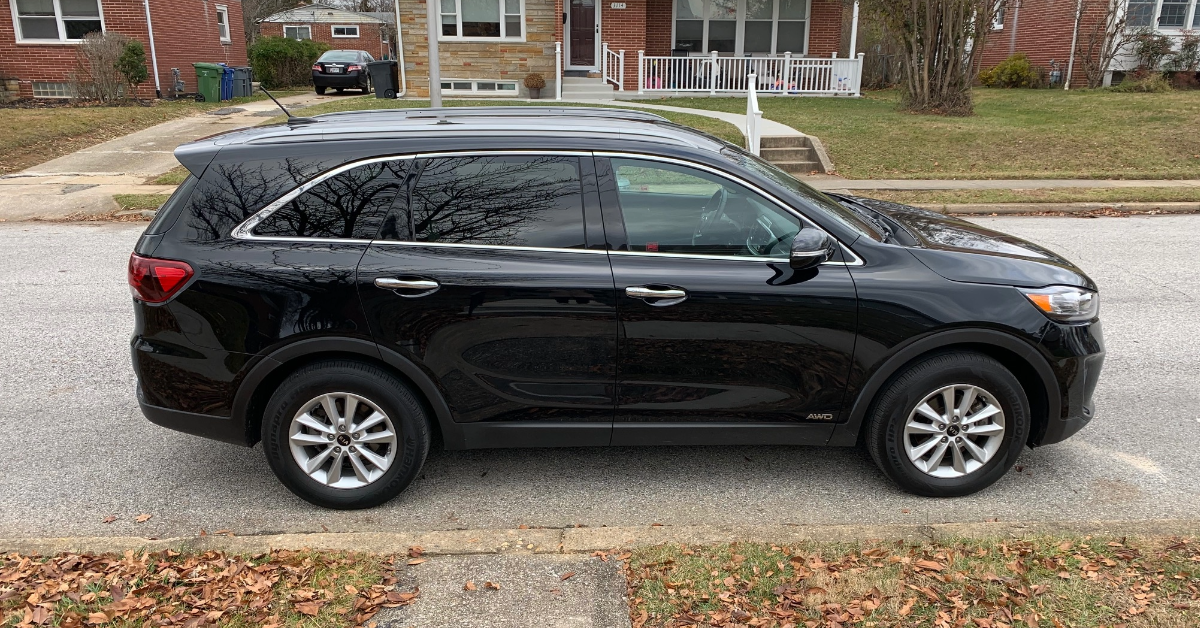There’s No Business Like Car Business
Ethel Merman is known for belting out the song “There’s No Business Like Show Business.” Let’s turn the phrase around a bit and proclaim “There’s no business like car business.” Buying and selling a car sure has changed since Henry Ford sold his first Model T.
Buying and Selling in the Old Days
Options were limited years ago when buying an automobile. You went to a dealer, whom you hoped was honest, and haggled out a price. The odds were against the buyer, however, because no one knew how much the dealer paid for the vehicle from the manufacturer. The manufacturer’s suggested retail price (MSRP) was a big secret.
My dad believed himself to be the best bargainer. He’d “hock and chinick” the car salesman until he—the salesman—gave up. Dad always felt he got “the best” of that poor salesman.
Maybe Dad did and maybe he didn’t. However, his one advantage was that he usually was not in desperate need of a new car. Instead, after about 70,000 miles or so, it was time to trade in the old for the new. He wasn’t in a hurry, as he still had a working car. All he needed was the right price, and he’d own that new car smell.
Cars didn’t last as long as they do now. The average car ran for five to six years. If the motor didn’t wear out, the body usually did. Cars rusted away due to road salt, humidity and pollution. (My husband and I called our 1975 Plymouth Duster the Plymouth “Ruster.”) Selling rust prevention coating was a dealer add on; as a buyer, you knew you were getting a good deal when the salesman “threw in” undercoating!
When it came to selling the old car, there were two main options. One was to trade in the car at the dealer. The other was to sell it privately. Car dealerships advertised heavily in the newspaper, particularly in the Sunday editions. And the classified ad section was full of sellers looking for private buyers.
Buying and Selling Today
Car buying is different now. First, newer cars are made to last longer. Many models are driven over 100,000 miles. Rustproofing is standard. If the car is well maintained, the interior often wears out before the engine.
Second, car shopping does not involve perusing ads in the newspaper and then schlepping to local dealerships. The internet is the main car shopping tool. Within seconds, Google will list nearby dealerships and their inventory, including “special” online pricing incentives!
Don’t know what to buy or the reliability of a certain car? Check out the copious car rating websites: Consumer Reports, Edmunds, Cars.com, Kelley Blue Book, J.D. Power, CarFax, AutoTrader and CarGurus.
Then there’s the decision on how to sell your car. You can sell it yourself. But do you trust strangers coming to your house? Maybe they’ll take the car for a test drive and never come back? Maybe their checks will bounce?
A second option is to sell to the dealer. Expect to be offered a much lower price than the true value of your car. A third option is to sell it online! Here are just a few of the companies that’ll buy your car: Carvana, CarMax, Cars.com, Vroom and CarGurus.
Getting an estimate of the car’s worth from these sites is simple. The website asks for the license plate or VIN number. That information pulls up your vehicle’s make and model. From there, you answer some questions about mileage, how many keys you have, whether the car has been in an accident and its overall condition. Assuming your answers are honest, you get a reasonable email offer within a few minutes.
Our Recent Car Shopping Experience
We are now owners of a 2020 three-row SUV. The three rows are necessary to schlepp our three grandchildren. Their car seats, required by law, are too wide to be placed three across in a sedan or regular SUV. It was either buy a minivan (no!!!) or a three-row SUV (much sexier than a minivan).
The online search was on. We began by checking two Northwest Baltimore small car dealers who buy and sell used cars. One is a mechanic and runs a body shop. He didn’t have what we were looking for but offered to search car auctions. The other guy mostly sells minivans. However, he had an SUV model we liked, and let us take a long test drive, no questions asked.
This SUV had a few rattles and some other issues, including rips in the seats. And, most annoying to us, his wife was driving the unsold car back and forth to New Jersey. Even though she added hundreds of miles between the three weeks we first looked at it and then test drove, the price wasn’t coming down. And when we asked about the rattles, we were told to take it to the dealer because it was under warranty!
That didn’t sit well, so I continued the internet search. We narrowed our choices down to one model based on ratings and price. This SUV, with lower mileage, was hard to find. One dealer had three or four but was asking thousands more than other dealers.
Then, we found “it” in Timonium, but “it” was black inside and out—the one color I didn’t want! The mileage was a bit high, but the price was in the budget. We test drove it, talked a bit with the salesman, who brought in his “supervisor” to help close the deal but left without buying. (Anyway, my husband hadn’t brought the checkbook.)
About a week later, the car was still listed on the dealer’s website. After another short test drive, we went back to the dealership and bought it.
Selling the Old
During our car search, I checked websites to see how much we could get for the car we wanted to sell. The dealer’s trade-in offer was almost $5,000 below an online offer from Carvana. It was a no-brainer not to sell it to the dealer. However, it didn’t make sense to sell the old car before we purchased its replacement. As a result, once we brought home the SUV, we were the proud owners of three vehicles. Oy.
While nerve wracking and scary, the process of selling the car on Carvana was simple. Downloading the necessary documents was a bit tricky. But two separate calls to Carvana’s customer service were answered promptly by knowledgeable, patient and polite reps. (They were located in the US and spoke English!)
My biggest fear was that Carvana would rescind the offer upon inspection of the car. However, the gentleman who picked up my car didn’t ask any questions. He didn’t even take it for a short test drive, which I was told he would. He unlocked it, got in, started the motor, checked a couple of things, walked around to briefly inspect the body and handed me the check! Yes, I held my breath until the check cleared – it took a couple of days – but the money landed in our checking account as promised.
Old versus New
Years ago, cars were mechanical and if something broke, it could be fixed with a bolt, wire, duct tape or screw. Do-it-yourselfers bought replacement parts and did repairs themselves. Remember spark plugs? Or cranking the windows up and down by hand? Having a simple AM radio versus a sound system?
Today’s cars are electronic. When something on the dashboard chimes and an indicator light comes on, the car goes to the dealer for a diagnostic test (a car CT scan? MRI?). If the owner is lucky, maybe one sensor needs to be replaced (a stent), not the entire “mother board” (versus a heart transplant).
Conclusion
It’s nice to have a newer car. But learning how to use it is anxiety producing. I’m consoling myself, though, with my husband’s declaration, “This is the last car we are ever going to buy!”
Which means, “This is the last car I’m ever going to learn how to drive!”
Please leave your comments below.
Read more by Eileen Creeger.


When I have to buy my next car (hopefully not in this lifetime), I am coming to you for advice.